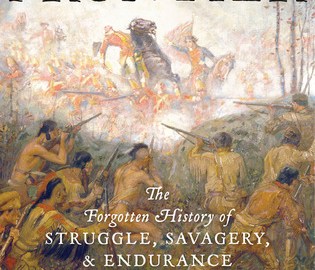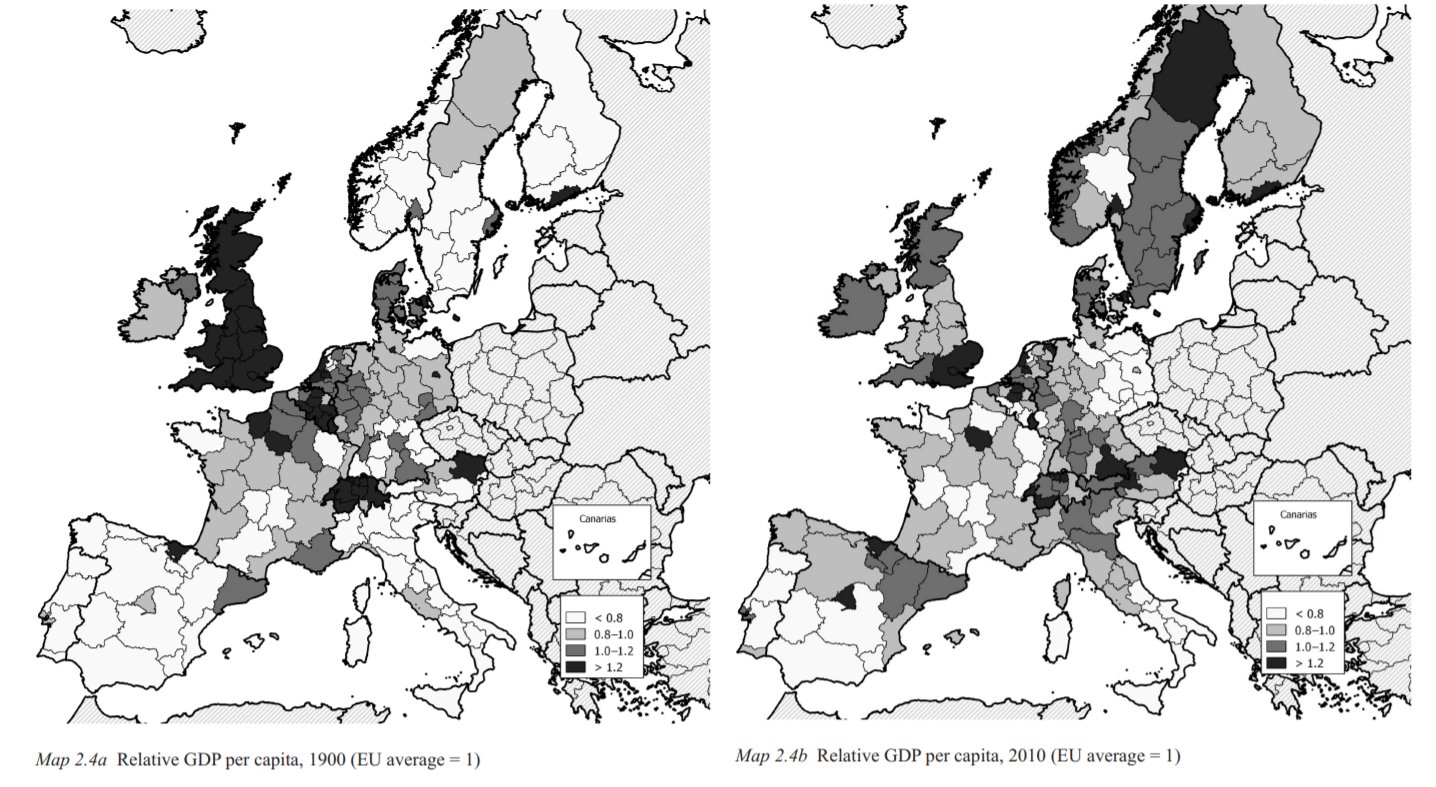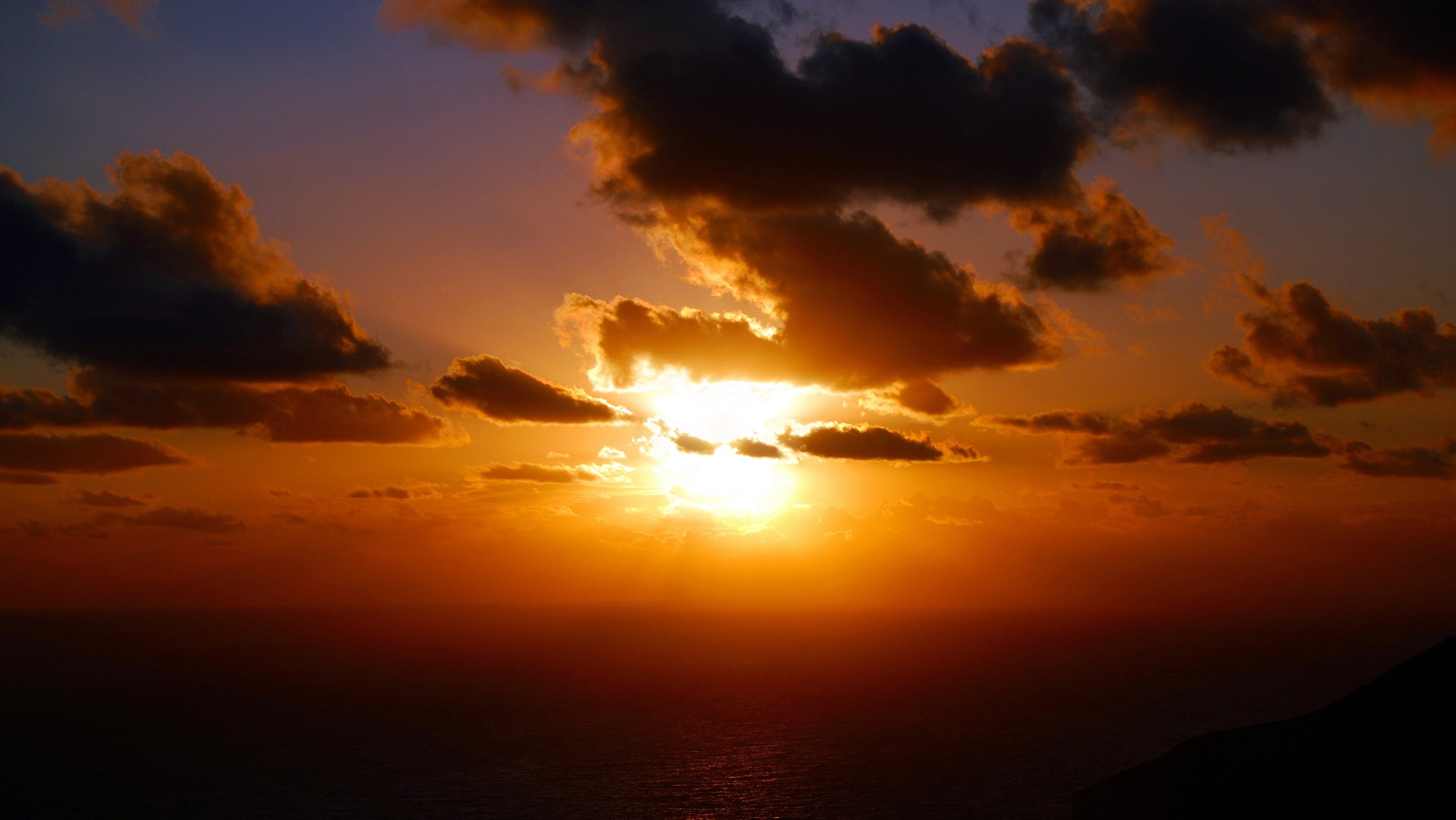Scott Weidensaul Chronicles The Violence In Early American History

I received an advance reading copy of The First Frontier: The Forgotten History of Struggle, Savagery and Endurance in Early Americaby Scott Weidensaul recently, even though the book was released at the beginning of February. Unlike most of the people who write history books, Weidensaul is not an academic but a naturalist and a field researcher. I’m still on Part I: “So Many Nations, People, And Tongues”, where Weidensaul begins in 1605 with the wαpánahki , “the people of the east”, who lived in what is now Maine, which they called wôbanakik, “the land of the dawn.” Where Weidensaul’s book differs from the conventional approach most historians use is in the amount of authorial license and editorializing his chapters contain. He doesn’t necessarily take the side of the Indians, but seems to work awfully hard at giving their perspective a voice on every page. As he explained in his introduction:
Because Europe was a literate society, while Native America depended on oral traditions, the sources on which we can draw are pitifully lopsided. For every speech in Boston or Philadelphia, for every panicked letter from a worried settler or gut-wrenching recollection by a survivor of captivity, there was a Native echo at the council fires in Onondaga or Logstown, an anguished story in an Abenaki wigwam or the yihakin of Tsenacommacah, unrecorded but no less important.
The First Frontier:The Forgotten History of Struggle, Savagery and Endurance in Early America
Just this simple shift in perspective fleshes out the traditional one dimensional depictions of Native Americans, illuminating the human side of their existence in a way not often seen in historical texts that survey the early years of the North American colonies. Weidensaul’s easy to read writing style, coupled with engaging asides describing the differences between the flora and fauna of the 1600’s with the kind of plant and animal life that exist on America’s eastern coast today, makes for a narrative compelling enough for me to plan on working in the time to read a few pages every night.
This is by no means a complete book review, but the reading has been so enjoyable and enlightening that I couldn’t wait until I got to the end to say something about it. It may the way Weidensaul makes the historical record personal by the use of extensive quotes and passages from the diaries and letters of early pioneers that gives his chronicle such a lively pace. The irony of a history book like this, written in an action packed manner that would have been immensely appealing to me as a high school teenager, is that it is exactly the kind of textbook that would likely be rejected by the textbook committee in states like Texas, whose decisions drive the K-12 text book market selections.





